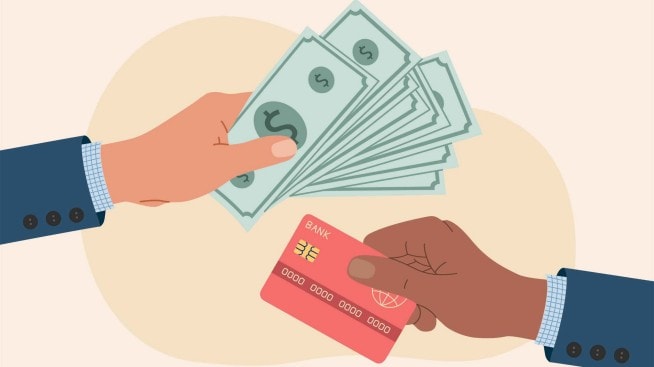What is credit utilization?

by Charles Wallace
Everybody knows their credit score is important: it can affect whether you get a new credit card or auto loan, qualify for a mortgage, or even get approved to rent an apartment. But what's not as clear is how credit scores get calculated.
Some of the factors—like the length of your credit history and how long your credit cards have been open—are pretty straightforward. But one of the least understood factors—credit utilization ratio—is also one of the most important: it accounts for 30 percent of your score.
Managing your finances
While the phrase "credit utilization ratio" may sound confusing, it's actually pretty easy to understand: it's the money you owe on your credit cards, divided by your total credit card limit. Let's say you have a $500 credit card balance, on a card that has a $1,000 credit limit. On that particular card, you have used half of your available credit—giving you a credit utilization ratio of 50 percent.
Your total credit utilization ratio is the sum of all your balances, divided by the sum of your cards' credit limits. So, for example, if you have two credit cards, each with a $1,000 limit, and owe $500 on one and $250 on the other, your credit utilization ratio is $750 divided by $2,000, or 37.5 percent.
Credit reporting agencies pay attention to your credit utilization ratio because it can indicate how well you have your finances under control. A low ratio suggests that your balance is manageable, while a high one suggests that you may be having a hard time paying your debts. Experian, one of the three big credit reporting agencies, recommends keeping it at 30 percent or lower.
Controlling your credit utilization ratio
One way to lower your ratio is by increasing your credit limit. For example, if you owe $400 on a card with a $1,000 limit, your ratio is a steep 40 percent. But if you get your credit limit increased to $1,500 and your balance stays the same, the ratio will drop to an attractive 26.7 percent. But be careful: don't use your new higher balance as an excuse to raise your spending.
Another way to keep your ratio low is to pay off your balances as you earn money. For example, consider timing your credit card payments to fall near your paydays. The lower your balance on your cards, the lower your ratio—and the higher your credit rating.
Keep in mind that, since all of your credit cards are factored into your credit utilization ratio, even the ones that you don't use could be helping your credit score. If you have a credit card that you don't use very often and were thinking of closing, consider keeping it open with a zero balance. Even if you don't use it, it can have a great effect on your credit utilization ratio.
So, the bottom line is this: Even if you're not looking to buy a house or qualify for a car loan, keep an eye on your credit utilization ratio.



